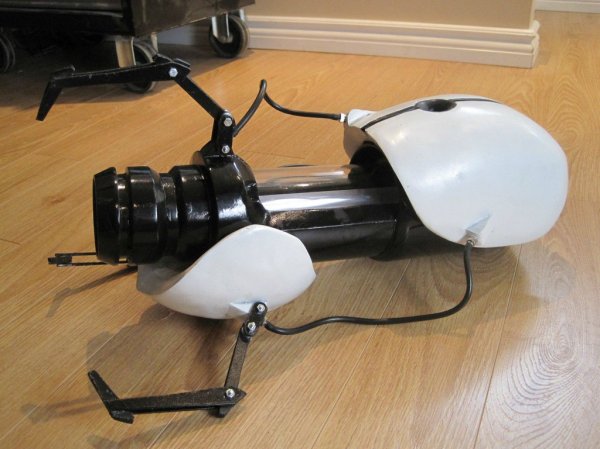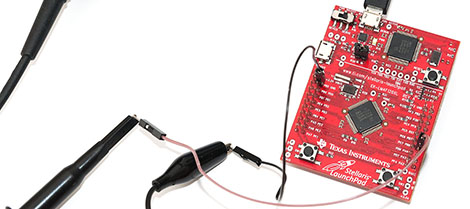
Don’t get us wrong, we love these Rock ‘Em Sock ‘Em Robot costumes. But as with that Samus Helmet it must make party conversation a bit weird. And how do you hold on to your beer? But you’ve got to commend [EyeHeartInk] and his friend for their commitment. Not only did they wear them to the party, but they spent two months building the things.
Pretty much everything was made from cardboard. All of it was hand cut with a box cutter and a hobby knife. Duct tape and glue were the adhesives of choice, and according to this thread a total of fifteen rolls of tape were used. The half spheres on the side of either helmet were molded from expanding spray foam inside a ping-pong ball which had been lopped in half. And of course there are a pair of LEDs for the eyes of each bot.
We usually try to link to other articles that are related, but it doesn’t look like we’ve seen this concept before So you’ll have to settle for this non-Halloween wristwatch controlled robot boxing game.
















